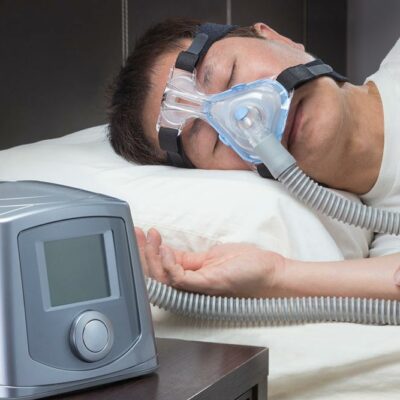
health
7 Key Differences Between Narcolepsy and Insomnia
Sleep-related issues could range from not getting enough sleep at night to being unable to control when one sleeps. However, persistent inability to sleep and daytime fatigue could be signs of disorders like insomnia and narcolepsy. Notably, both disorders affect sleeping patterns in different ways. Further, insomnia is much more common than narcolepsy. So, learning about the following differences between narcolepsy and insomnia can help in determining the exact cause of poor sleep quality: 1. Effects and types Narcolepsy disrupts sleep at night and causes sleep attacks during the day, whereas insomnia is associated with trouble falling or staying asleep. Those with insomnia may wake up often at night and be unable to fall asleep again. Further, narcolepsy can be categorized into two main types. Type 1 causes daytime sleepiness and sudden muscle weakness. Type 2 causes excessive daytime sleepiness without muscle weakness. Insomnia can be categorized into five types. Based on duration, one may have acute (short-term) or chronic (long-term) insomnia. Based on symptoms, one may have onset (difficulty falling asleep) or maintenance (difficulty staying asleep) insomnia. The last type, behavioral insomnia of childhood, is when children experience difficulty falling asleep or maintaining sleep. 2. Symptoms When dealing with narcolepsy, in addition to waking up several times at night, one may suddenly fall asleep while working, in the middle of conversations, or while engaging in other activities.
Read More 














